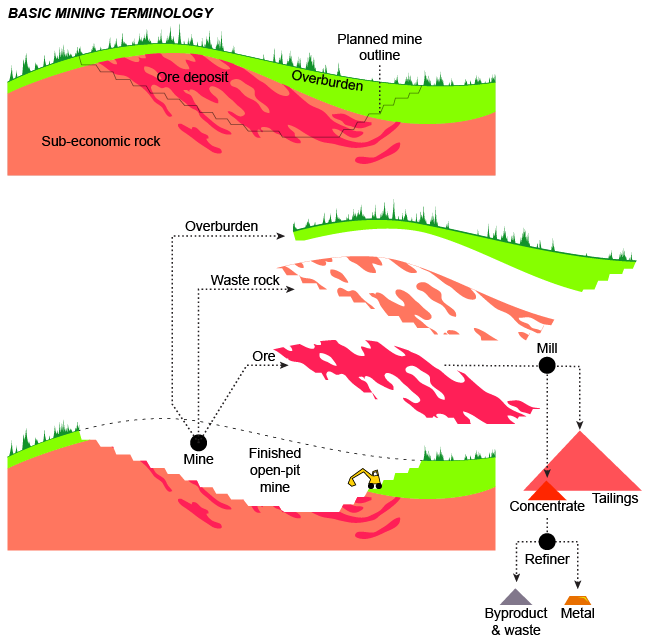Sandy Beach - Juneau Earthcache #6
Welcome to Sandy Beach State Recreation Area, this earthcache is located just feet from a parking area, but can serve as a starting point for a walk along a well maintained trail system. Please enjoy the views, take some notes and learn a little bit about this local beach and why it's a unique anomaly in South East Alaska! Note that as this is an earthcache there is no container to be found at the posted coordinates. In order to log this cache as "found" you must send the cache owner answers to the logging requirements at the end of the description, this is most easily completed with the message center feature. If you have any questions or concerns, please reach out to me!
Background
As you travel throughout Southeast Alaska you will be hard-pressed to find a stretch of coastline that matches the image that forms in the mind's-eye when you say the word "beach." While our neighbors in the lower 49 are blessed with sandy beaches galore, this area of the country is typically bereft of them. Sandy beach in Juneau is one notable exception. As we go through this Earthcache lesson we will learn more about why Juneau's favorite local beach is a geological oddity in the region.
Southeast Alaska's Coastlines
As previously noted Sandy beach is an oddity in Southeast Alaska, to better understand why we need to look at the typical coastline in the area.
20,000 years ago Southeast Alaska, like much of the world, was experiencing a great ice age. As recently as 400 years ago during the little ice age, much of Southeast Alaska was once again under ice, unlike our southern neighbors. As the ice sheet began to retreat the land was scraped clean leaving only the hardest ores behind. These rocks included those at the shoreline.
Sandy beaches are caused by weathering forces (such as wave-action, river runoff and winds) eroding the substrate rock into smaller and smaller particles. Thus the recent removal of the glacier had a two-fold effect on discouraging sandy beaches from appearing. Firstly, as it retreated it removed the softer and more easily erodable minerals. Secondly, the relatively recent removal of the ice means that the weathering processes have not had enough time to create sandy beaches.
As we can see, sandy beaches have not had the time to develop in Southeast Alaska like they have in the rest of the United States. So why then does Sandy Beach exists? To understand that, we need to look at anthropomorphic causes.
A Mining Town
Southern Douglas Island was at one time home to the world's largest gold mine of it's kind: The Treadwell Mine. Employing over 2,000 people between 1881 and 1922 the mine was responsible for removing more than 3 million Troy Oz of Gold from the earth.

As the Treadwell Mine quarried out of the earth the byproduct was dumped on the shoreline. Eventually after decades of breaking up the minerals, a sandy beach constructed of mine tailings was created.
Mining Debris
The byproduct of mining goes by many names including: mine dumps, culm dumps, slimes, tails and refuse. For sake of consistency in this cache page we shall refer to them exclusively as Mine Tailings. Mine tailings are simply put the byproduct of extracting the valuable ore (in this case gold) from the surrounding worthless ore.
 The extraction of minerals from ore can be done two ways: placer mining, which uses water and gravity to concentrate the valuable minerals leaving the tailings generally untouched, or hard rock mining, which pulverizes the rock containing the ore and then relies on chemical reactions to concentrate the sought-after material. In the latter, the extraction of minerals from ore requires comminution, or grinding the ore into fine particles to facilitate extraction of the target ore. Because of this comminution, tailings from a hard rock mine consist of a slurry of fine particles, ranging from the size of a grain of sand to a few micrometres. Mine tailings are usually produced from a mill in slurry form, which is a mixture of fine mineral particles and water.
The extraction of minerals from ore can be done two ways: placer mining, which uses water and gravity to concentrate the valuable minerals leaving the tailings generally untouched, or hard rock mining, which pulverizes the rock containing the ore and then relies on chemical reactions to concentrate the sought-after material. In the latter, the extraction of minerals from ore requires comminution, or grinding the ore into fine particles to facilitate extraction of the target ore. Because of this comminution, tailings from a hard rock mine consist of a slurry of fine particles, ranging from the size of a grain of sand to a few micrometres. Mine tailings are usually produced from a mill in slurry form, which is a mixture of fine mineral particles and water.
Logging Requirements
Please answer the following questions, to your best ability, using the information above and your observations at the posted coordinates. Any "Found It" logs that fail to submit the answers to the CO in a timely manner are subject to deletion. I will attempt to reach you to resolve any discrepancies prior to taking this course of action.
- At the posted coordinates estimate the size of the grains.
- Based on your answer to part 1, was the Treadwell Mine a placer mine or a hard rock mine? Why?
- Look (but do not go to) at Mayflower Island (Additonal Waypoint) juxtapose the shoreline on the isalnd to the shoreline you're standing on. Do you belive Mayflower Island is naturally forming, or a result of mining?
- (Optional) Post a photo of yourself at Sandy Beach!
Sources